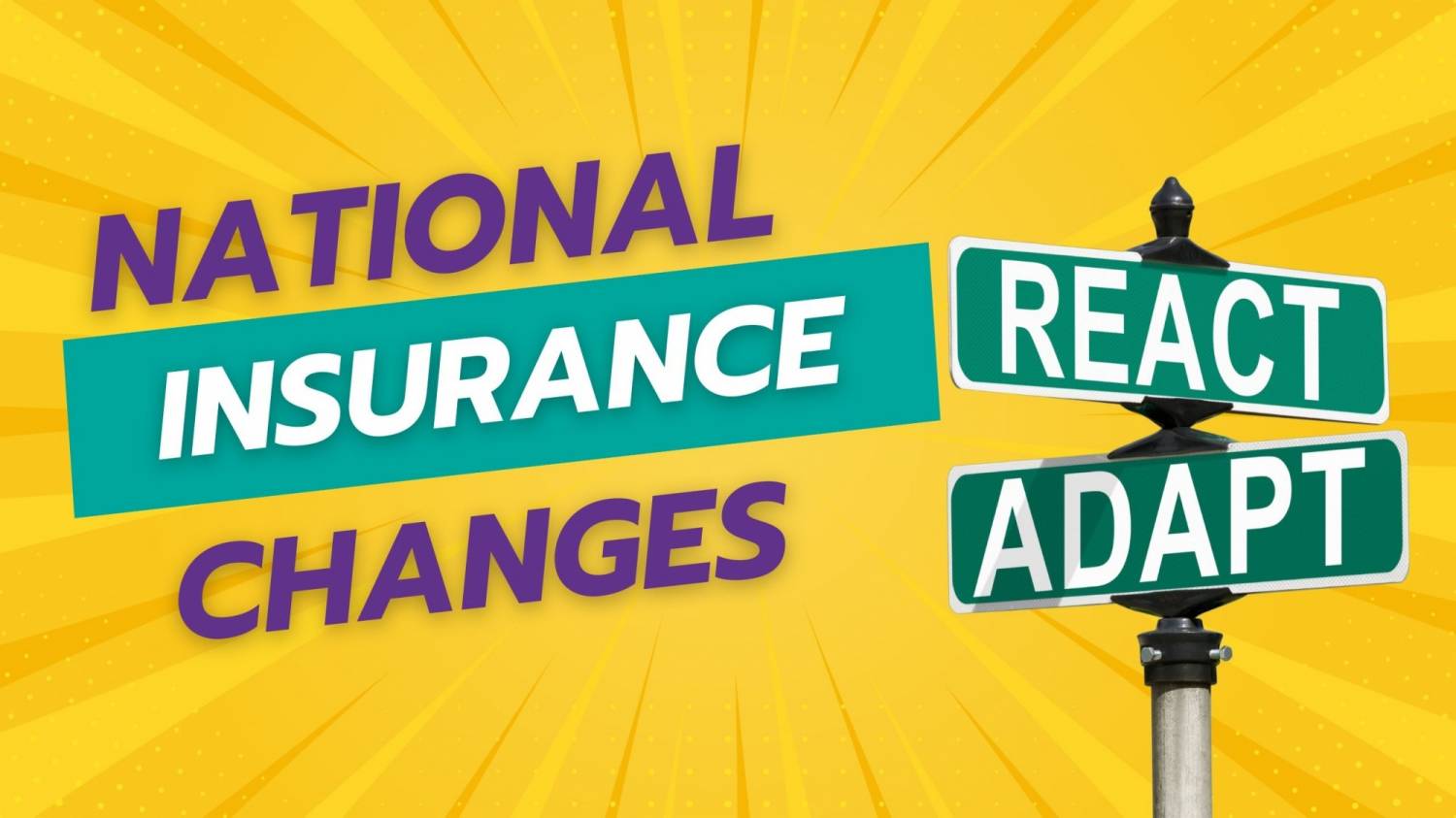8 Apr 2025
What National Insurance Changes Mean for Small Charities in 2025

& How to Respond
As of April 2025, the new tax year has brought in big changes to how much employers, including charities, must pay in National Insurance contributions (NICs). And while some headlines focused on tax cuts for workers, many in the voluntary sector know the other side of the story: employer NICs have gone up, and for small charities, this is already being felt in staffing budgets, service planning, and long-term sustainability.
If you're a small or grassroots charity with limited income streams (where you cannot simply pass on higher costs) this article outlines what has changed, what it means, and how your organisation can respond with realism, creativity, and resilience.
What Has Changed (April 2025)
Employer NIC Rate Increased to 15%
From 6 April 2025, the rate employers pay on staff wages over the threshold has risen from 13.8% to 15%.
Source: Sage Advice UK
NIC Threshold Lowered
Employers previously started paying NICs on earnings over £9,100. That threshold has now dropped to £5,000, bringing more staff, including part-timers, into NIC territory.
Source: GOV.UK Employer NICs 2025 Guidance
Employment Allowance Increased
The Employment Allowance has doubled from £5,000 to £10,500, and the cap that previously excluded larger employers has been removed. This provides significant relief to eligible charities.
Source: Bishop Fleming – Employment Allowance 2025
Why This Matters for Charities
According to NCVO, these changes could cost the charity sector an additional £1.4 billion per year. For smaller charities with limited reserves and core funding, this is a significant burden.
"Charities can’t just increase prices or raise capital," said Richard Bray, Chair of the Charity Tax Group. "There are very limited opportunities to pass on these additional costs."
Source: Civil Society News
5 Steps You Can Take Now
1.Estimate Your New NIC Costs
Use an online calculator such as this NIC tool from Zelt to see the increase per employee and update your budget forecasts and funding applications accordingly.
2. Claim the Employment Allowance
If your charity employs at least one person and meets the criteria, you may be eligible for £10,500 off your NIC bill.
Claim here: GOV.UK Employment Allowance
3. Speak to Funders About Rising Costs
Be transparent about how your payroll and NIC liabilities have changed. Many funders, including trusts and local authorities, are aware of this pressure and may be open to adjusting core cost contributions.
4. Review Staffing Models
Consider phased recruitment, temporary hour reductions, or investing in volunteer training where appropriate. While volunteers are a vital part of the charity sector, it’s important to recognise that they are not substitutes for paid staff in roles that require consistency, contractual accountability, or specific expertise.
“A charity should not rely on volunteers to deliver services that require ongoing, contractual reliability, or specific qualifications. Volunteers must remain truly voluntary, without obligations or remuneration.”
— NCVO: Volunteers and the Law
5. Stay Connected to Sector Bodies
Organisations such as NCVO, CFG, and ourselves offer guidance, webinars, and forums to help you respond and advocate effectively. If you'd like us to cover this topic in one of our networking forums, please get in touch.
Final Thoughts
The NIC changes present a challenge, but also an opportunity to engage funders and stakeholders in honest conversations about what sustainable charity delivery really costs. Small charities have a long history of adapting under pressure. By planning ahead, claiming the reliefs available, and seeking out support, your organisation can continue to serve the community while staying financially resilient.